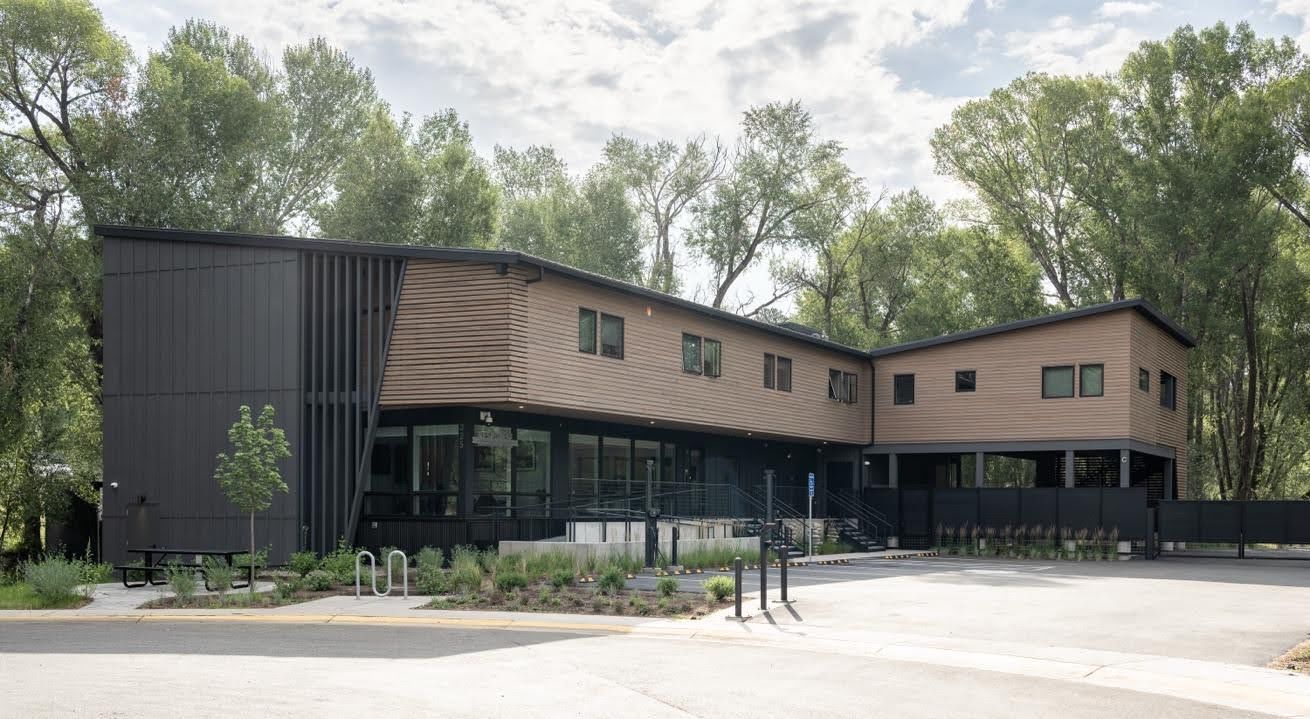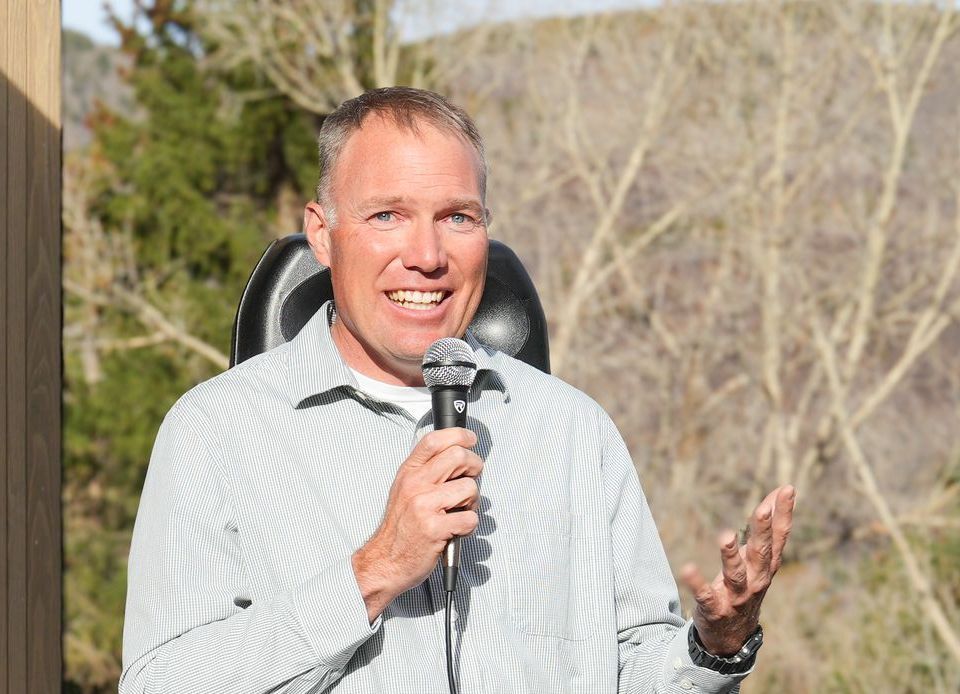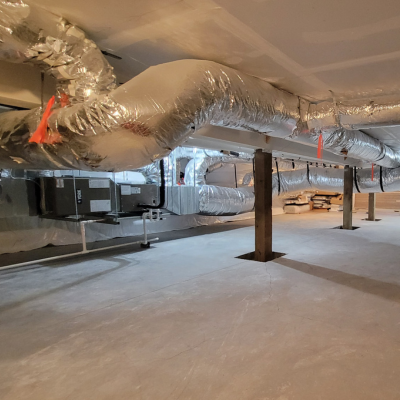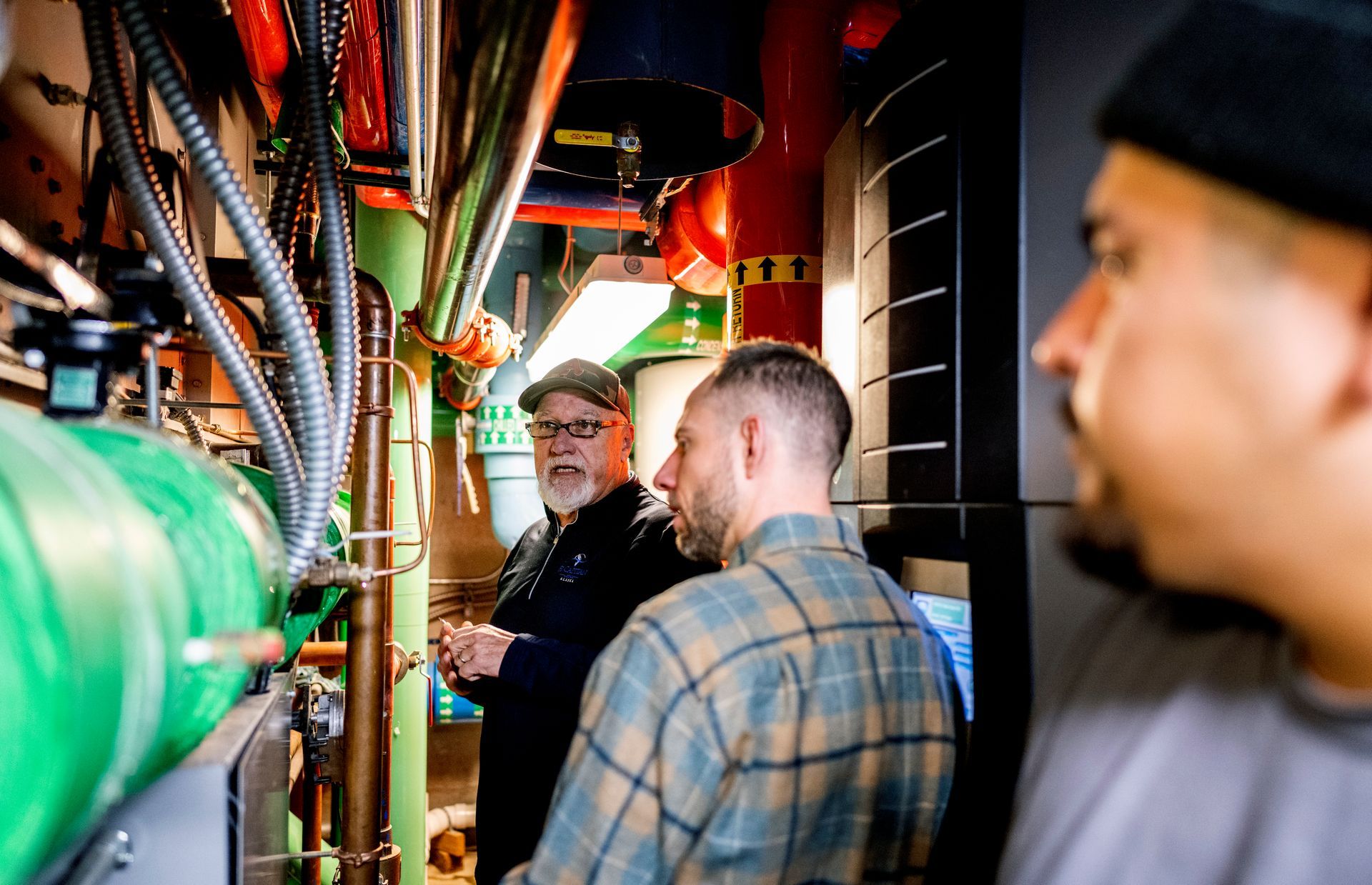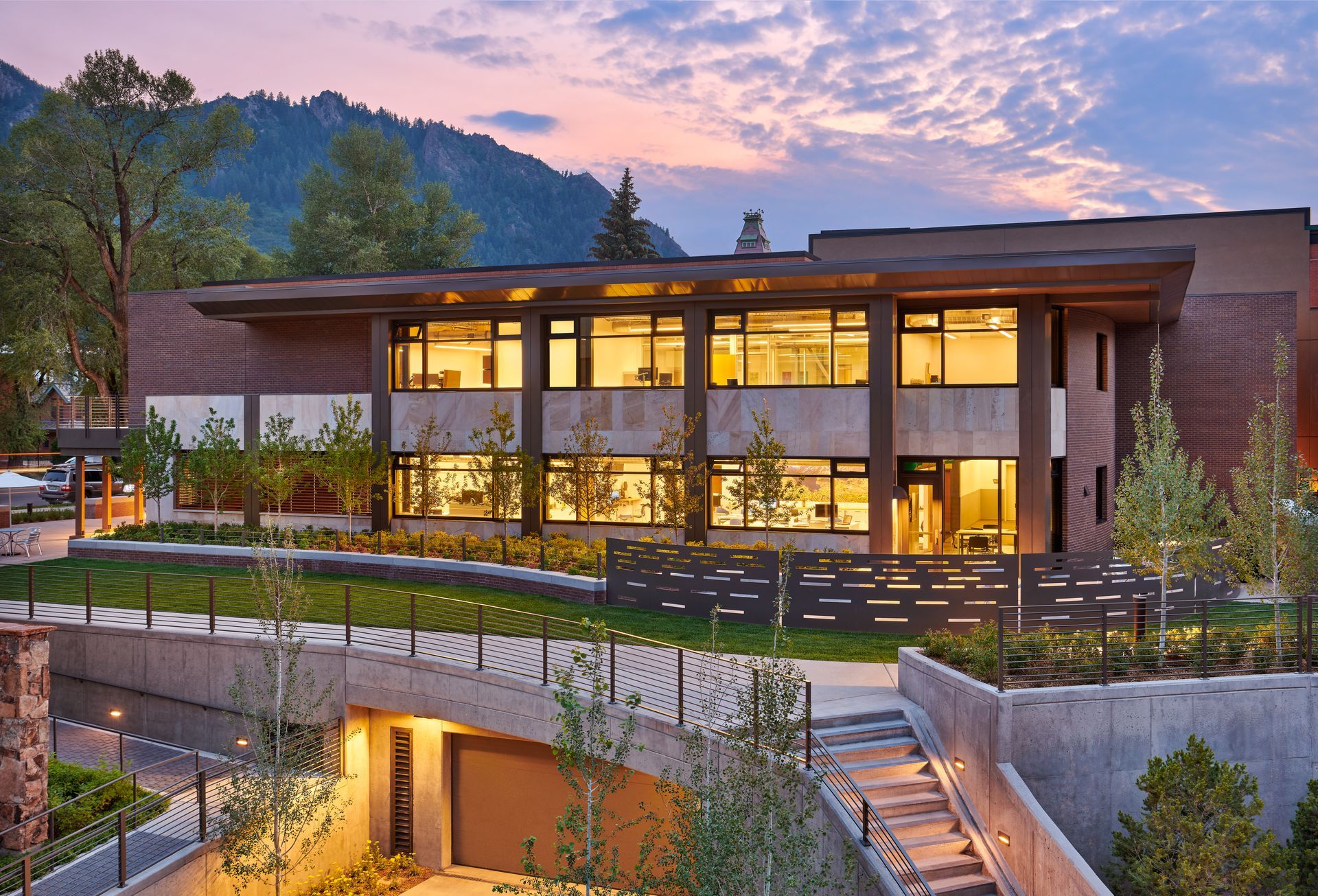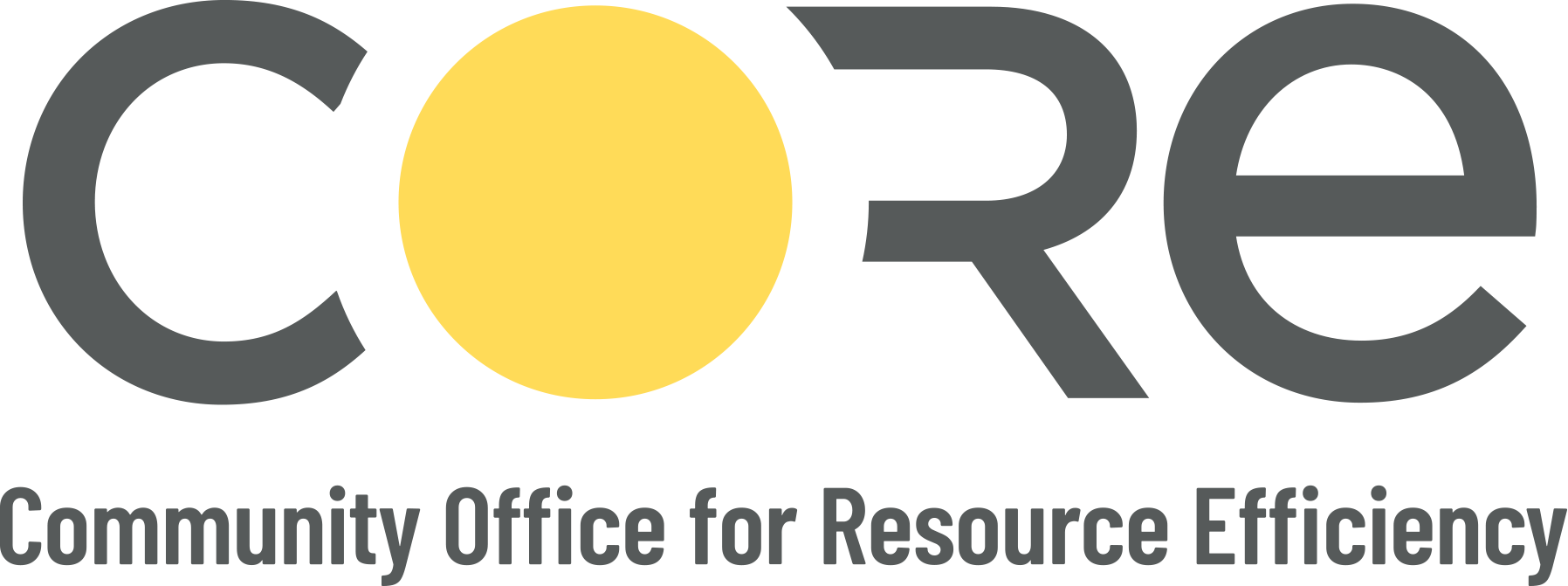Smuggler Park Couple Take the Path Towards Carbon-Free Living
Smuggler Park Couple Take the Path Towards Carbon-Free Living
Originally Published:
January 22, 2020
Updated:
June 4, 2025
Just beyond the Downtown Core lies Smuggler Park, a fabled Aspen subdivision the HOA says is made up of “real homes for real locals.” Two of those locals, Sam and Desi Barney, are using a CORE grant to drive real change when it comes to how their home uses energy.
Sam and Desi prove that anyone can reach net-zero, or darn near it, with a little elbow grease and smart design. A net-zero building is one that produces as much energy as it uses.
The Barneys have lived at Smuggler Park in a beloved trailer for the past 15 years; one Desi described as “awesome, but not all that efficient.” They determined it was time for the upgrade they had been talking about since 2006. Where that trailer once stood is now a wood-framed home-in-progress rooted in CORE’s energy-efficiency philosophy.
The 1,200-square-foot rebuild will utilize efficient design like passive solar, in addition to all-LED lighting, ENERGY STAR® appliances, and a 3.33 kW solar photovoltaic (PV) system. The smaller square footage is unique for a highly energy-efficient home in Aspen, and the Barneys are showing Roaring Fork Valley residents how it is done.
Sam utilized his years of experience in the building industry, along with help from an architecturally savvy friend, to make it all happen. The building envelope consists of super-insulated walls, high ceilings, and sunny windows that are already warm and inviting despite the incomplete space. That same envelope is so air-tight that the home will require two energy recovery ventilators (ERVs) to keep indoor air fresh and healthy.
He installed the ERVs in the crawl space to maximize interior space and efficiency - a project Sam could fortunately tackle on his own to save on project costs. “I did the radon and ventilation stuff myself, which was a lot of fun,” he said with a wink, “but it will save us a lot of money.”
Not every project will get to net-zero energy, and that is okay. The Barneys were not able to electrify all of their mechanicals due to voltage limitations. The couple instead used the most efficient gas appliances available, but only where they were necessary, like the boiler.
The result will be a home that uses barely more energy than it produces: by design, 80% less energy than an average home the same size. That means it has a Home Energy Rating System (HERS) score of 20. Think of the HERS score as a measuring stick for energy use. A score of 100 represents the baseline house from 20 years ago, and a score of zero represents a net-zero home (a home that produces as much energy as it consumes in one year). Still confused? Check this out for more info.
CORE’s
residential home funding options will help you get a return on your energy investment. CORE removes the typical barriers that prevent homeowners from going net zero through project consultation and funding. As Sam put it, “Working with CORE helped us get on the path to carbon-free living!”
It makes it easy to love where you live when your home contributes to climate restoration, and even easier to love it when you are all about the design. According to Sam, “With the gabion baskets, shade structure, green roof, and PVs, the house is going to look really cool!”
…
Support from
CORE’s Energy Concierge Team makes big reductions in energy use simple for you. Whether you are well on your way to a more efficient home like the Barneys or just need to know where to start, CORE’s Energy Concierge Team has your back. We will help you establish where you are on the path and where you are going.
Call CORE and hop on the path to sustainability.

This content is proudly included in the Randy Udall Memorial Educational Program, advancing energy education and climate action.


